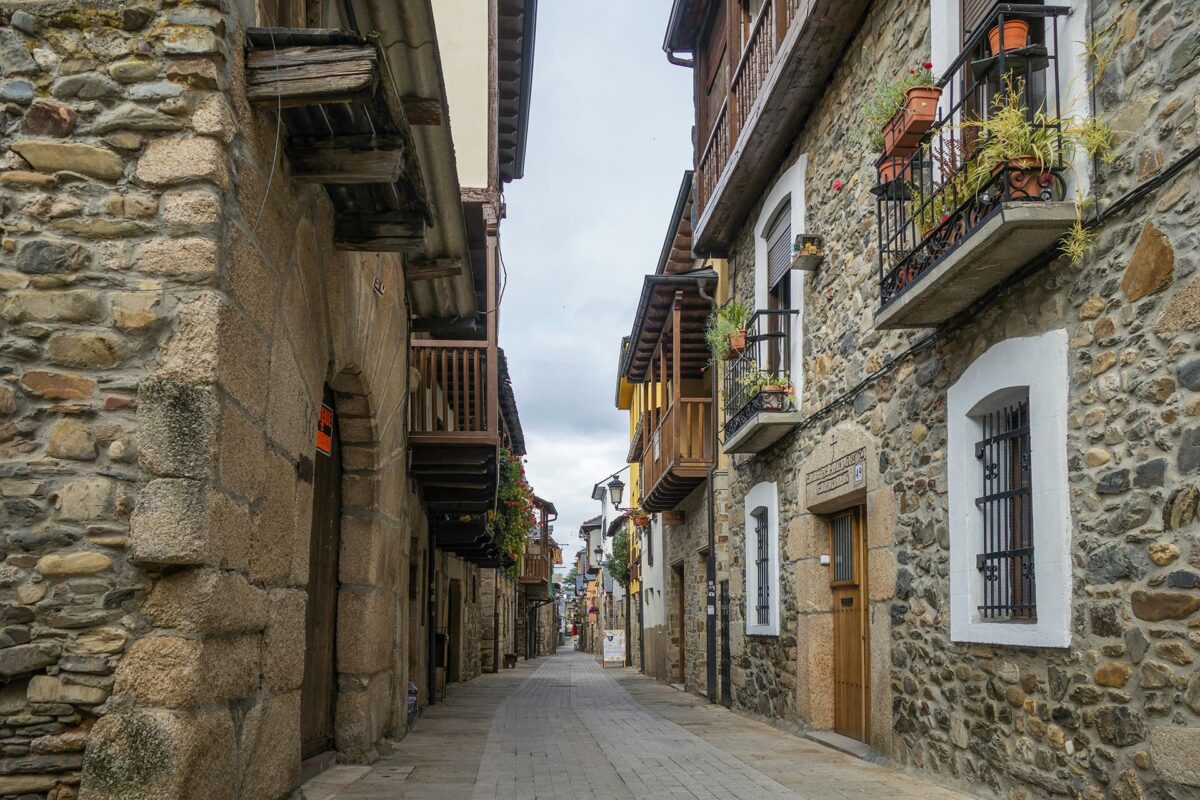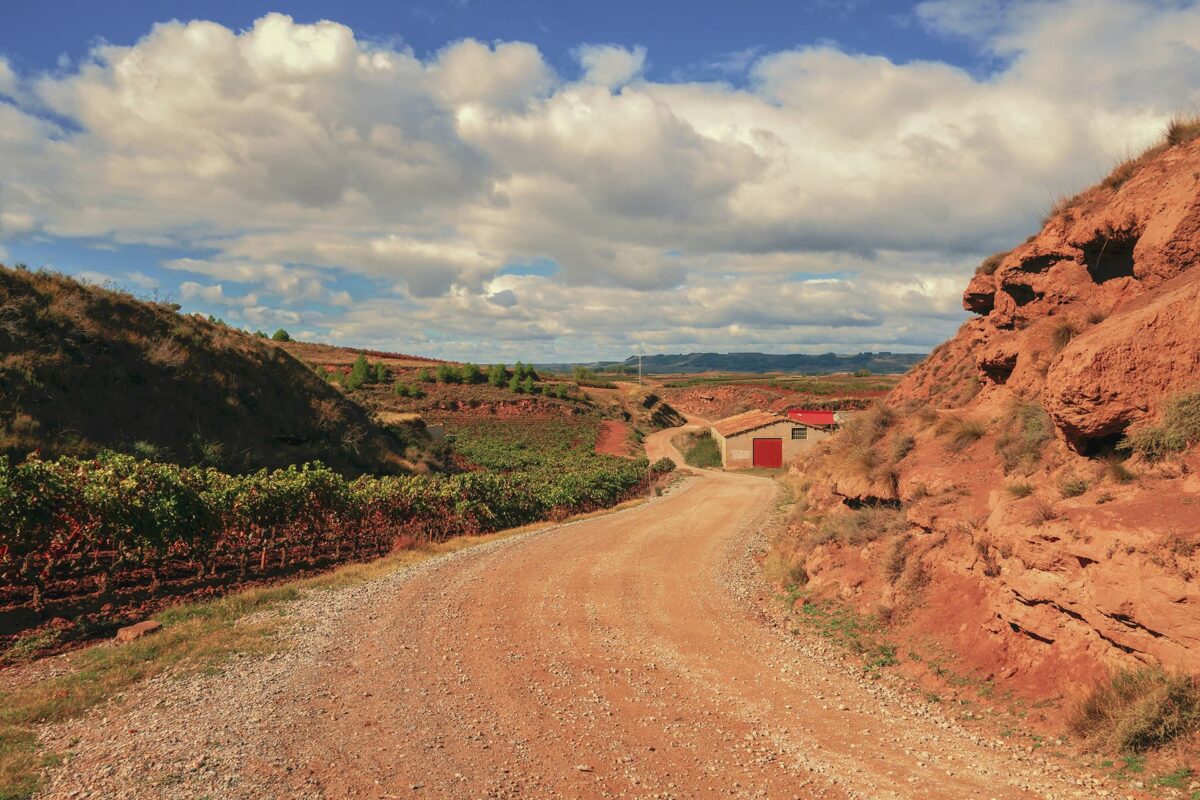The Camino consists of multiple possible routes. Originally, pilgrims would start from home, and make their way up to Santiago de Compostella in Galicia, Spain. In Spain, loads of different routes enable the hikers and pilgrims to pick the trail that best suits their needs. But starting from France or further away, 2 routes in Spain are very much more likely to be considered for the final leg: The Camino del Norte, which follows the northern coastline, and The Camino Francés, which is 150-200km inland, but quite parallel to the coast.
This article focuses on the Camino Francés.
The Camino Francés starts either in Saint-Jean-Pied-de-Port in France or in Roncesvalles in Spain. Starting in Roncesvalles will save you a day, but starting in Saint-Jean-Pied-de-Port means you can experience the most mountainous day of the whole trail.


















